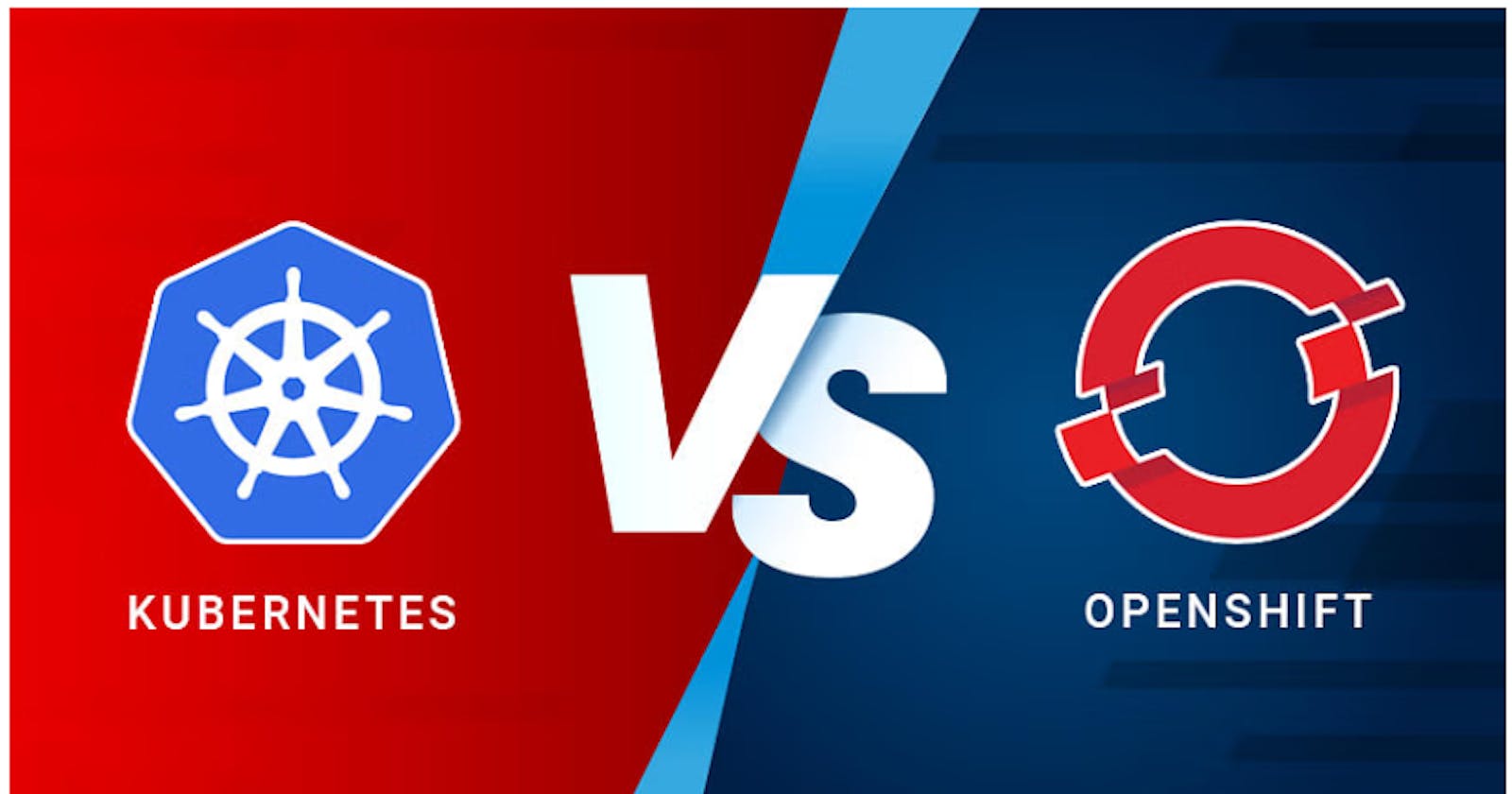Unlocking the Potential of Containerization: A Comparative Guide to Kubernetes and OpenShift
In today's rapidly evolving digital landscape, containerization has emerged as a cornerstone of modern application development and deployment. Kubernetes and OpenShift stand out as two leading platforms in this domain, each offering unique features and capabilities. Let's explore their differences and key aspects:
Understanding Containerization:
Containerization revolutionizes application deployment by encapsulating applications and their dependencies into lightweight, portable containers.
Kubernetes and OpenShift harness containerization to streamline the development, deployment, and management of modern applications.
Kubernetes:
Kubernetes, developed by Google, serves as the industry-standard container orchestration platform, offering robust features for automating container deployment, scaling, and management.
It provides a scalable and portable framework for managing containerized workloads across diverse environments, including on-premises data centers and public clouds.
OpenShift:
OpenShift, built on Kubernetes, extends its capabilities with additional features tailored for enterprise use.
It offers a comprehensive container platform that integrates seamlessly with Kubernetes, providing enhanced security, automation, and developer productivity features.
Key Differences:
Deployment Flexibility: Kubernetes offers flexibility, supporting deployment on various platforms and Linux distributions, while OpenShift requires specific Red Hat platforms like Red Hat Enterprise Linux (RHEL).
Security Features: OpenShift includes built-in security features such as container isolation, image scanning, and role-based access control (RBAC), providing enhanced security out of the box compared to Kubernetes.
Developer Experience: OpenShift prioritizes developer experience, offering intuitive tools like Source-to-Image (S2I) for streamlined application development and deployment, whereas Kubernetes focuses more on infrastructure management.
Integration and Ecosystem:
Both Kubernetes and OpenShift integrate seamlessly with a wide range of tools and technologies, enabling organizations to build robust containerized application workflows.
Kubernetes boasts a large active community of developers contributing to its ecosystem, while OpenShift offers dedicated support and additional enterprise features.
Conclusion:
In summary, Kubernetes and OpenShift represent powerful solutions for container orchestration, each with its own strengths and use cases.
Organizations must evaluate their specific requirements and priorities to determine which platform aligns best with their goals and infrastructure.
Unlock the Potential of Containerization:
- Embrace the power of containerization with Kubernetes or OpenShift and propel your organization towards greater agility, scalability, and innovation in the digital age.
